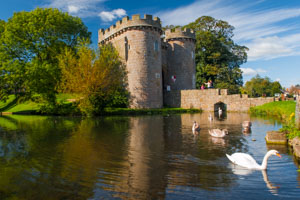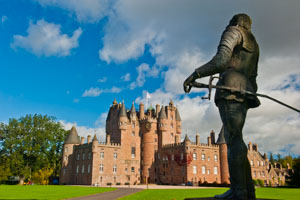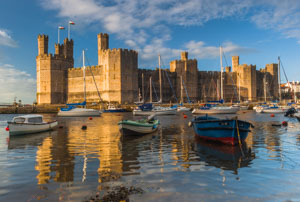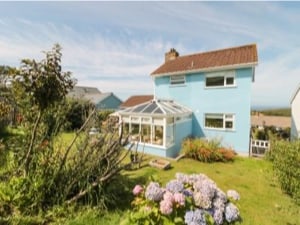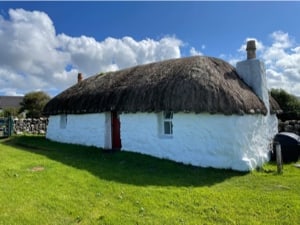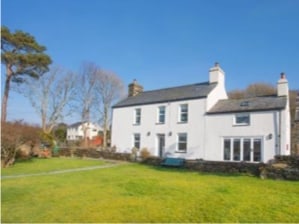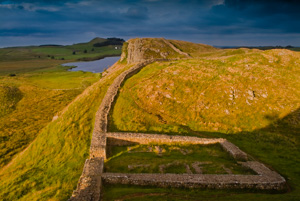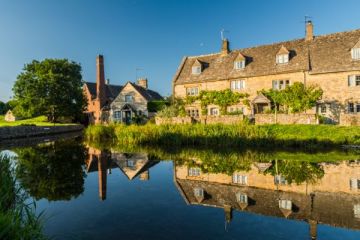Explore
A Passion for British Heritage
For over 20 years, the Britain Express family have toured England, Scotland, and Wales, visiting historic sites, taking thousands of photographs, and sharing our passion for Britain with the world. We love exploring the UK, and hope that whether you're a Brit or a tourist, you'll take every chance to discover British history and landscape for yourself, and enjoy the wonderful heritage that awaits in every corner of this wonderful country. Get inspired - Explore Britain's Heritage!
Most of our family travelling is done via stays in self catering cottages, where we can unwind and tour one area in-depth for a week or even 2 at a time.

Our family has visited over 5,000 historic sites in Britain, from Cornwall to Caithness and Anglesey to Norfolk, from castles to picturesque villages - there's so much to see!
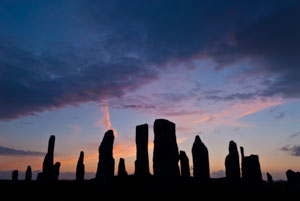
History of Britain - the full text of the 1912 book
English
Culture
What makes England so ... English? From hedgerows to the history of tea, pastimes to traditional crafts.
British Biography
Our look at the lives of famous people in art, architecture, science, and literature.
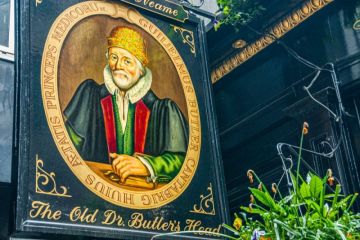
London is blessed with an abundance of historic pubs, many of them incredibly atmospheric. There would be a lot more, but most were destroyed in the Great Fire …
more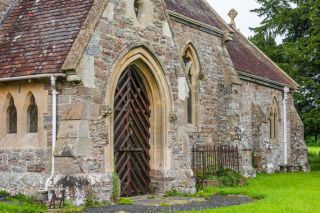
Yarkhill, St John the Baptist Church
Yarkhill, Herefordshire, England
St John the Baptist is a delightful medieval country church in an idyllic countryside setting. The church dates to the 13th century and incorporates Norman stonework from an earlier church. Fabian Steadman, the 'The Father of Change Ringing' was born in Yarkhill, where his father served as vicar for 47 years.
Butt of Lewis Lighthouse - Isle of Lewis, Scotland
Bridge over the Atlantic - Seil, Argyll
Achmore Stone Circle - Isle of Lewis, Scotland
Dun Eistean - Isle of Lewis, Scotland
Clach an Truiseil Standing Stone - Isle of Lewis, Scotland
Kit's Coty House - Aylesford, Kent, England
Chesters Roman Fort - Chollerford, Northumberland, England
Culross Palace and Royal Burgh - Culross, Fife, Scotland

